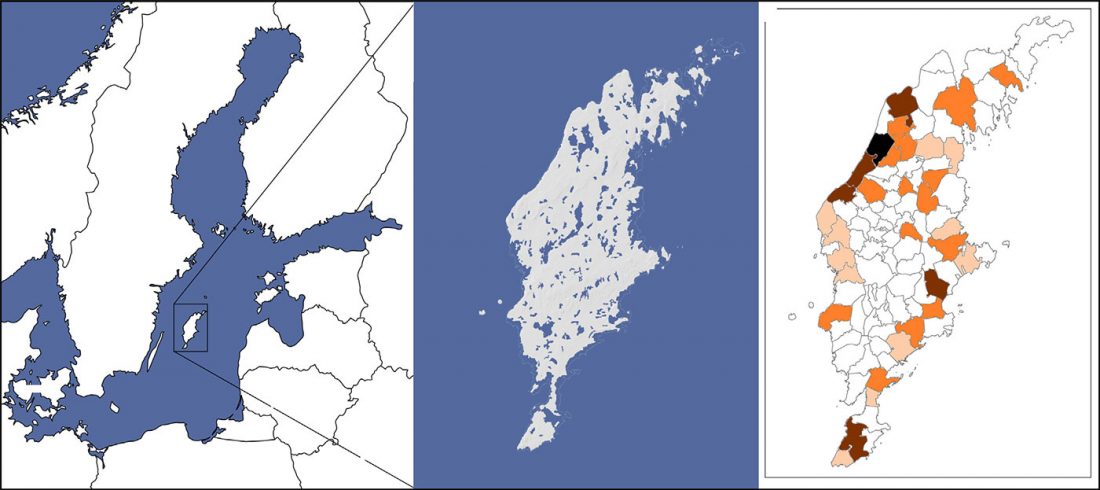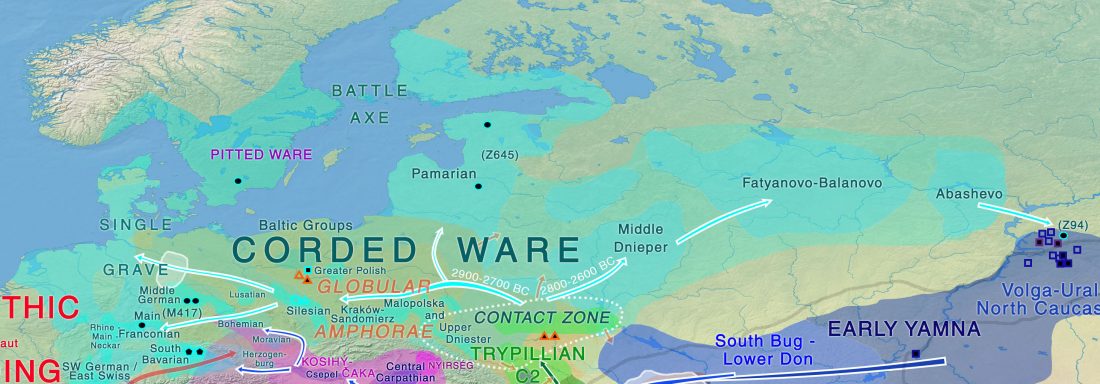New paper (behind paywall) The stone cist conundrum: A multidisciplinary approach to investigate Late Neolithic/Early Bronze Age population demography on the island of Gotland, by Fraser et al. J. Archaeol. Sci. (2018) 20:324-337.
Interesting excerpts (emphasis mine):
… Read the rest “Mitogenomes show discontinuity in Gotland’s LN – EBA transition”Unfortunately, due to poor preservation, mitochondrial haplotype calls were only obtained from the EBA individuals in this study. However, some interesting findings were observed. We find two adult local individuals with unique haplogroup lineages [H1a, H1e], and two juvenile individuals with haplogroup lineages [H2a and T1a] previously found exclusively in the CWC individuals analyzed here, all four dated


